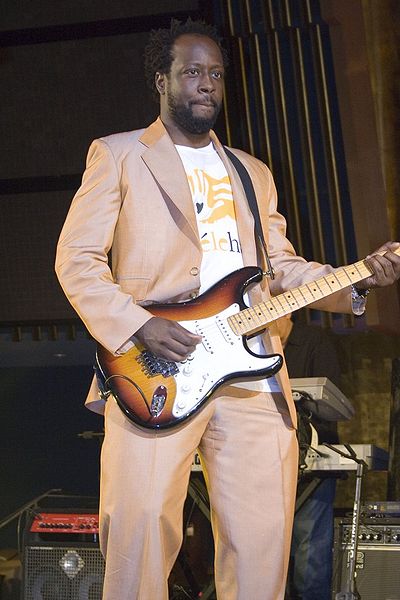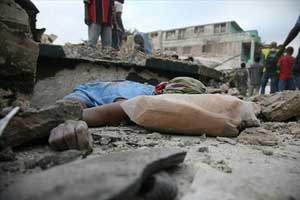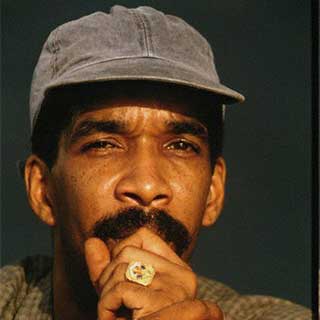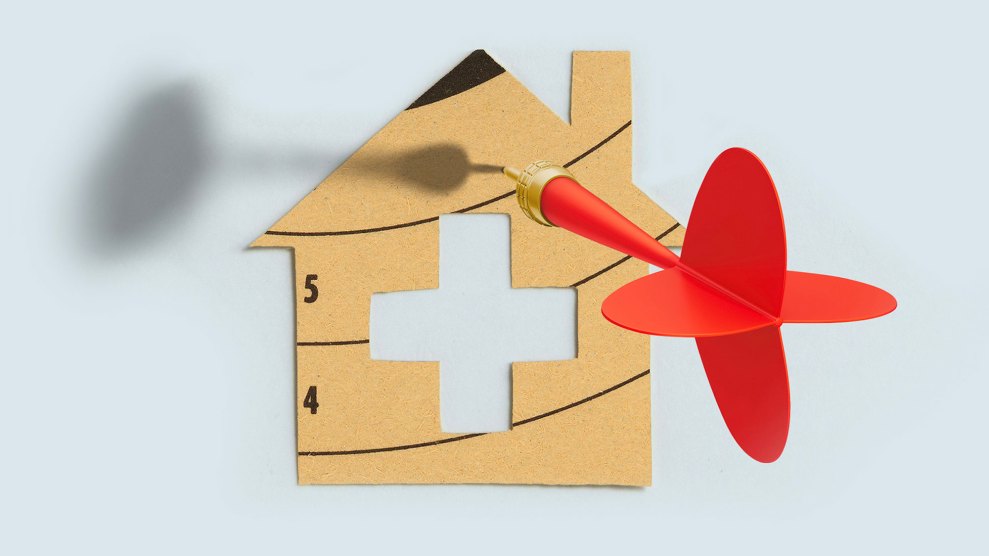
Shake Map courtesy USGS
The tragic intersection between poverty and nature that rent Haiti yesterday may not be the end of its seismic troubles. Science Now reports that yesterday’s 7.0 temblor ruptured only a part of the same segment that 240 years ago unleashed a 7.5 quake—20 times more powerful than yesterday’s.
Worse, the potential for even greater destruction exists. In 1751, a magnitude 8.0—32 times yesterday’s quake—struck farther along the same fault system off the southern shore of the island of Hispaniola that Haiti shares with the Dominican Republic. A couple of months after that a magnitude 7.5 occurred nearby. Plus a separate active fault crosses through the north coast of the island.
Scientists are concerned the long-sleeping Caribbean has now been awakened.
Add to that the fact that Port-au-Prince is built on unstable sediments not bedrock and that the city lacks any kind of building code and you have a recipe for repeat disasters, and then some.
So can we at least try to include along with the “massive aid racing” to Haiti some sober planning… maybe a “building code” to alleviate the failed state in our own hemipshere? How about some genuine long-term help to heal the bones of that country? Does Wyclef have to do it all?















